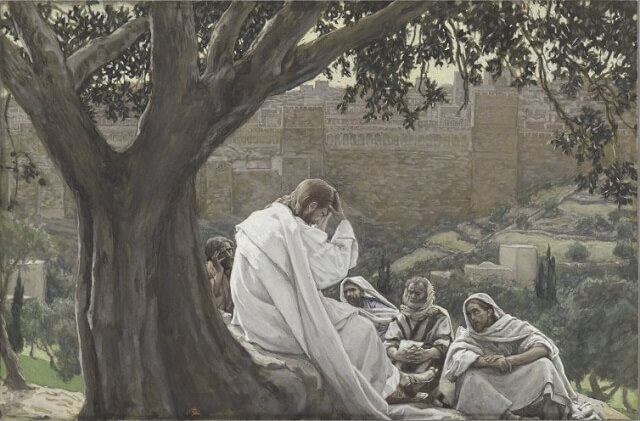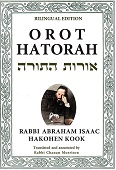
Why did God command us to construct a Temple?
When introducing the Temple and its vessels, the Torah states the purpose for this holy structure:
“וְעָשׂוּ לִי מִקְדָּשׁ וְשָׁכַנְתִּי בְּתוֹכָם”
“Make for Me a Sanctuary — and I will dwell in their midst” (Exod. 25:8).
The goal of the Temple was to enable God’s Presence to dwell in the world. The Mikdash was meant to “open up” channels of communication with God: enlightenment, prophetic inspiration (ruach hakodesh), and prophecy (nevu'ah).
Three Channels
Rav Kook distinguished between three different channels of Divine communication. Each of these channels corresponds to a particular vessel in the Temple.
1. The first conduit relates to the holiest vessel in the Temple: the Holy Ark in the Holy of Holies, which housed the luchot from Mount Sinai. From the Ark emanated the highest level of prophetic vision, the crystal-clear prophecy that only Moses was privileged to receive. As God told Moses:
“I will commune with you there, speaking to you from above the ark-cover, from between the two cherubs that are on the Ark of Testimony” (Exod. 25:22).
This unique level of prophecy is the source of the Torah’s revelation to the world.
2. The second conduit corresponds to the vessels outside the Holy of Holies, especially the Menorah, a symbol of enlightenment and wisdom. This conduit, disseminating the wisdom of Israel, extended beyond the inner sanctum and encompassed the Kodesh area of the Temple.
3. The final conduit relates to the Altar of Incense. This is the channel of ruach hakodesh. The phenomenon of prophetic inspiration — which originates in the innermost depths of the soul — parallels the inner service of incense, which was performed in secret within the Sanctuary (דָּבָר שֶׁבַּחֲשַׁאי — see Yoma 44a).
The Atonement of Yom Kippur
The special Temple service performed on Yom Kippur seeks to attain complete atonement. It aspires to cleanse and purify all three levels of communication between man and God.
For this reason, the High Priest would sprinkle blood from the Yom Kippur offerings on precisely these three locations in the Temple:
(Adapted from Olat Re’iyah vol. I, pp. 167-168)
Illustration image: ‘The Prophecy of the Destruction of the Temple’ (James Tissot, 1886-1894)





